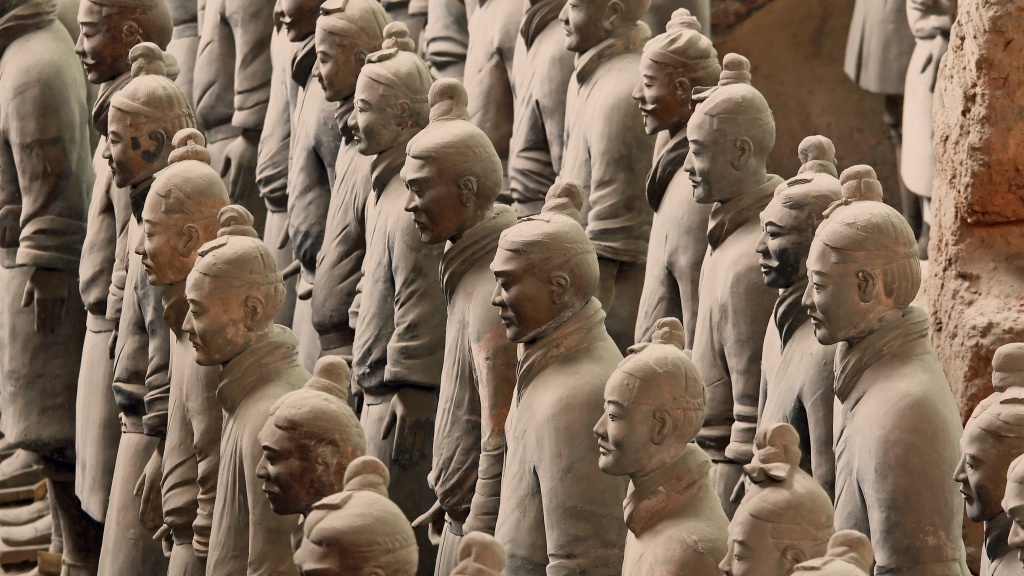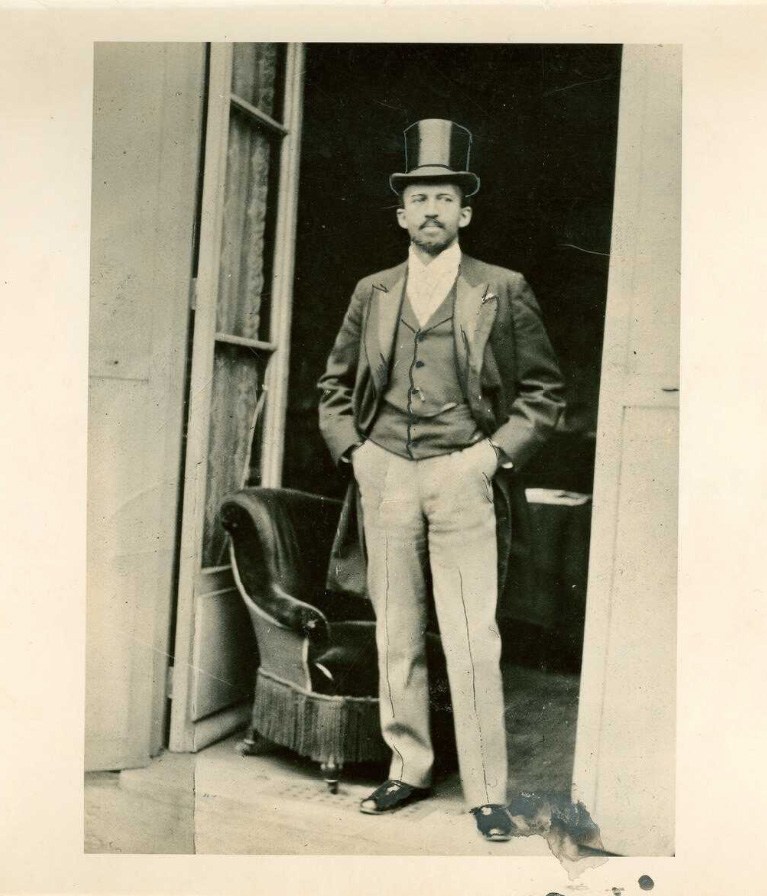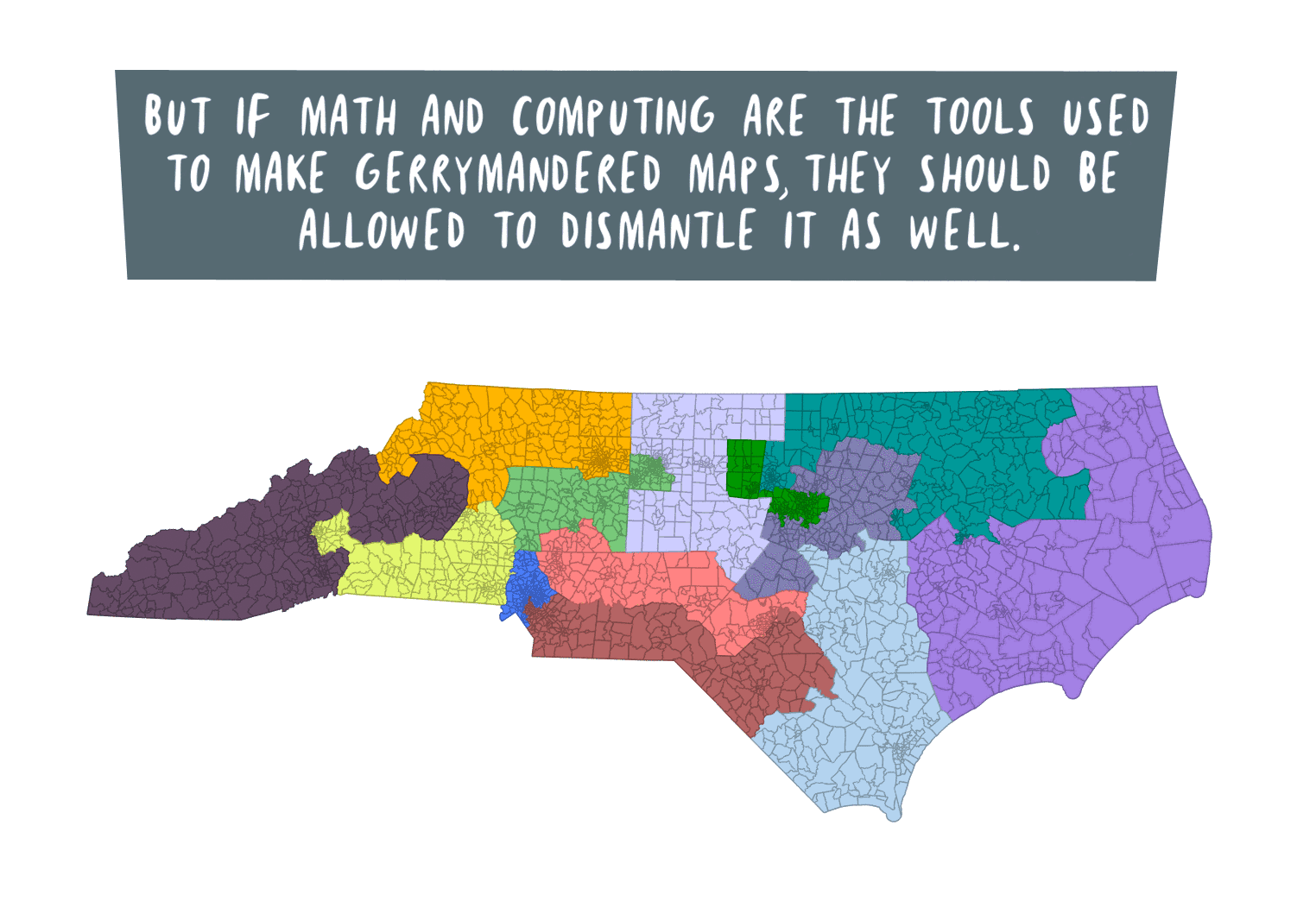Quanta Magazine has an interesting article about how an ancient Chinese warfare technique is used in mathematics today, including making predictions for…comets? Check out the article here.
Read the article linked above.
Then, answer the following questions.
- One of the first scenarios in the article states: “In a morning drill you ask your soldiers to line up in rows of five. You note that you end up with three soldiers in the last row.” Make a list of the first 10 possible number of soldiers that could fit this arrangement.
- One of the next scenarios in the article states: “...then you have them re-form in rows of eight, which leaves seven in the last row.” Make a list of the first 10 possible number of soldiers that could fit this arrangement.
- The third scenario in the article states: “…and then rows of nine (soldiers), which leaves two (soldiers in the last row).” Make a list of the first 10 possible number of soldiers that could fit this arrangement.
- Explain how, once you found the first number shared by each of the three lists above, you could “jump ahead” to the next number shared by each of the three lists.
- Define the term “pairwise coprime“. Give an example of two numbers that are pairwise coprime.







